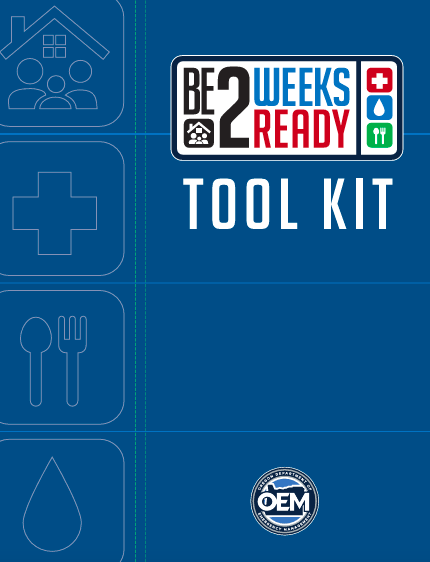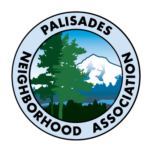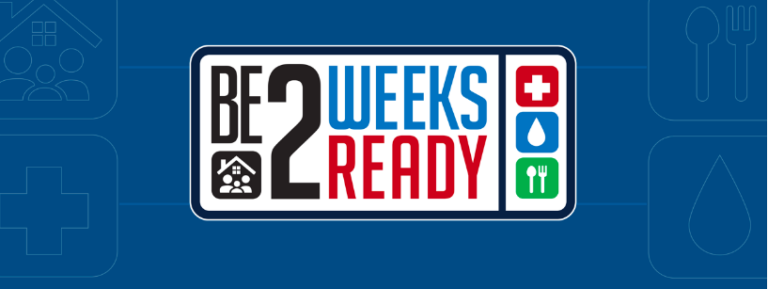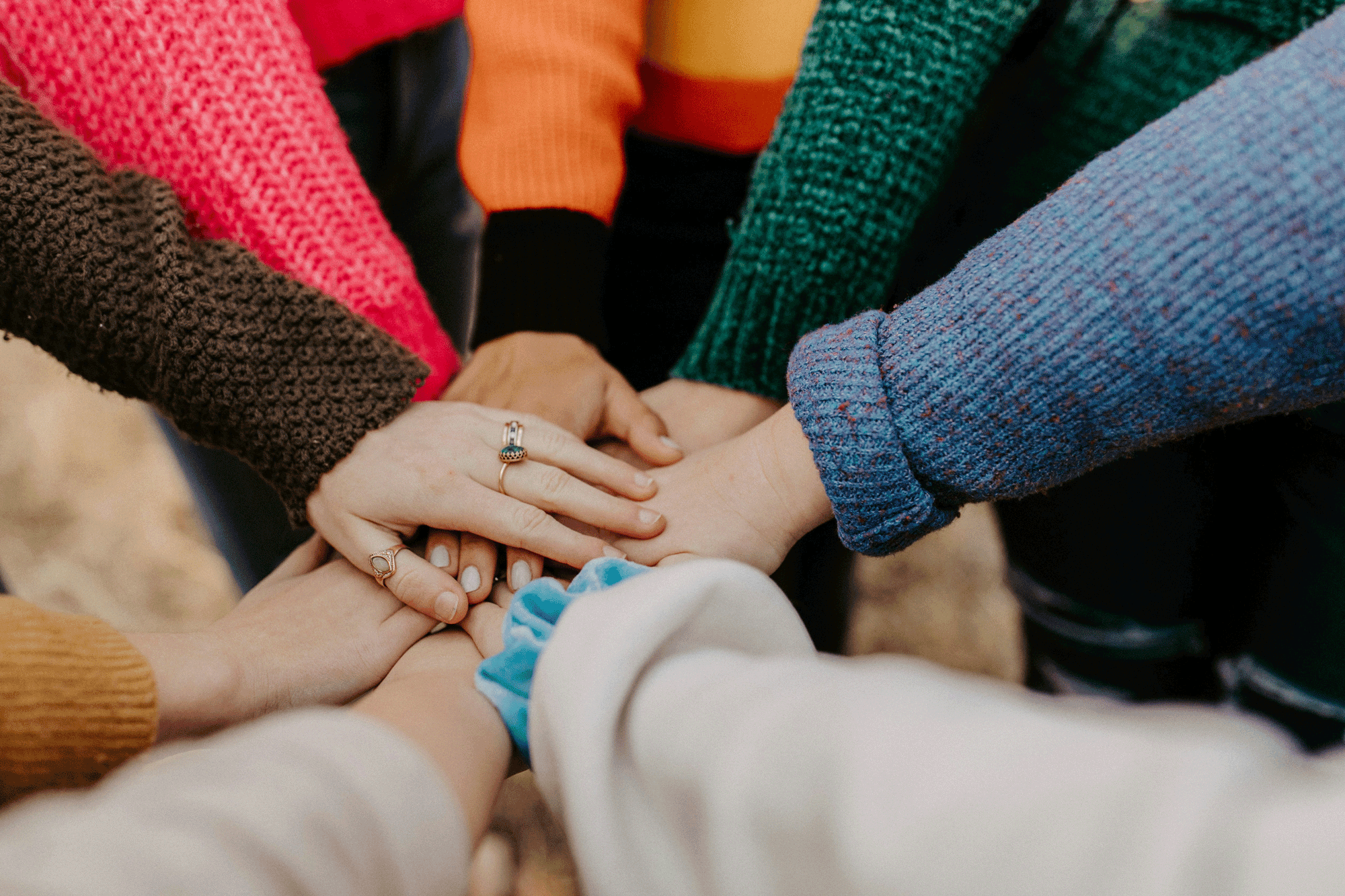
PNA has been following the City of Lake Oswego’s adoption of the Be 2 Weeks Ready (B2WR) Program. Oregon has faced a series of emergencies, including floods, droughts, wildfires, ice storms, heatwaves, and a pandemic. These events show the critical importance of being prepared. The Oregon Office of Emergency Management (OEM) aims to empower people to prepare effectively because once a disaster occurs, preparation time is over. This is why individuals, families, and communities should strive to “Be 2 Weeks Ready.”
“Be 2 Weeks Ready” means having an emergency plan and enough supplies for everyone in your household to last at least two weeks after a disaster. It may seem daunting, but you’re likely more prepared than you realize! This program helps you build self-reliance and community preparedness step-by-step, starting from where you are now.
For information regarding Oregon’s overall efforts, click here.
Journaling for Disaster Preparedness
Disasters can strike anywhere and anytime. Imagine an earthquake hitting and you must survive weeks without running water, functioning toilets, or appliances. In this section, you’ll jot down your thoughts to use later.
Why Journal?
Journaling helps you track resources, experiences, and emotions. Here’s why it’s beneficial:
- Stay on Track: Regular writing keeps you focused on goals.
- Face Fears: Writing about fears makes them easier to address.
- Beat Procrastination: Listing tasks helps you complete them quicker.
- Learn from Emergencies: Reflecting on past emergencies improves future responses.
- Celebrate Progress: Reviewing your journal shows how far you’ve come.
Ways to Journal
Choose a method that suits you best:
- Notebook and pen
- Word document
- Voice app
- Video recording
Practice
Feeling secure is tough after a disaster disrupts your routine. Writing can bring calm and preparedness. Take a moment to pen down some advice and kind words for your future self.
Considerations
Encourage kids to keep journals too. It’s a healthy habit and decorating them can be fun for all ages!
For assistance, explore this activity in the Be 2 Weeks Ready Program Toolkit.


